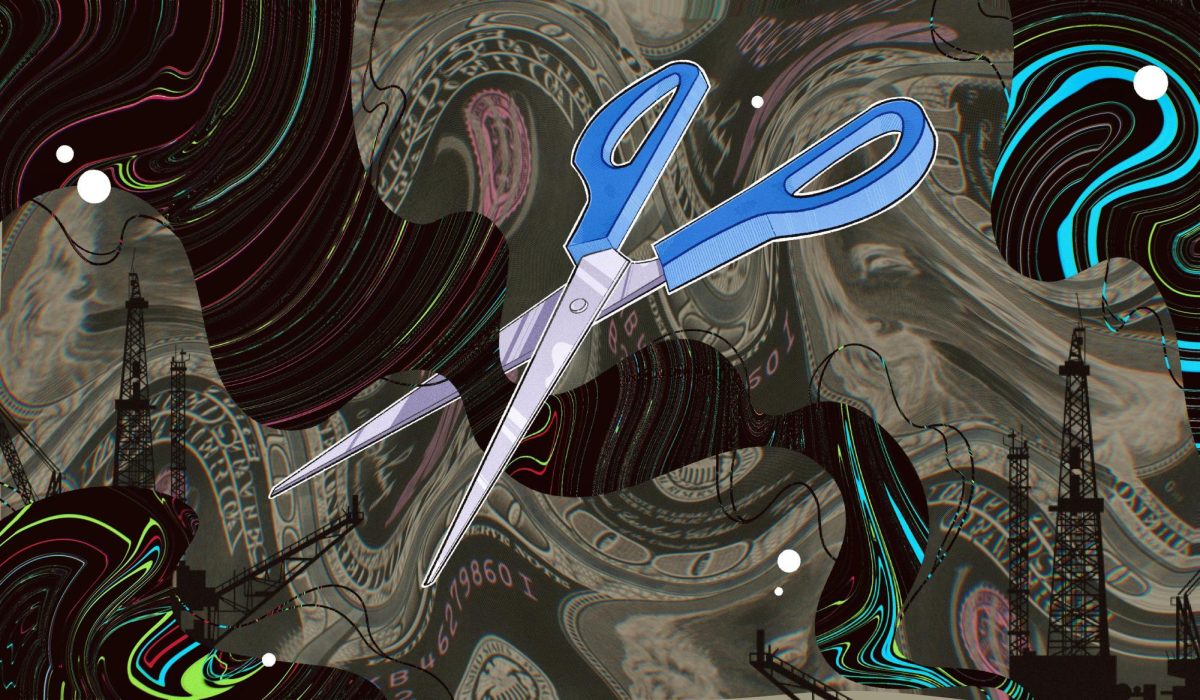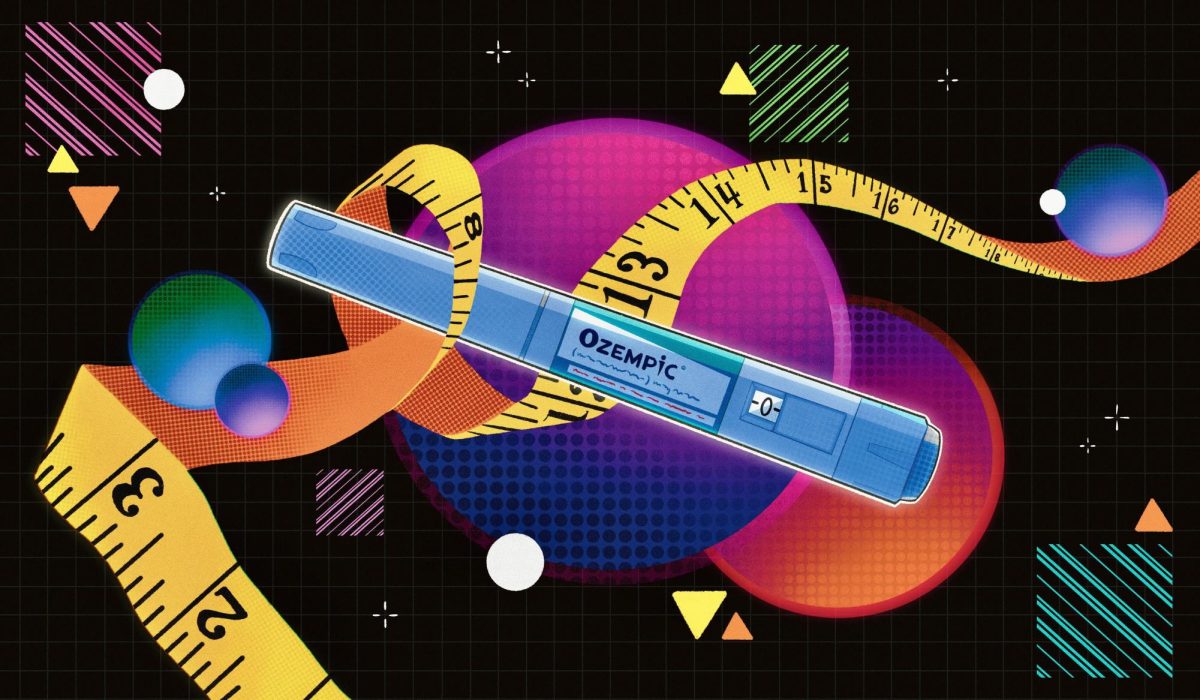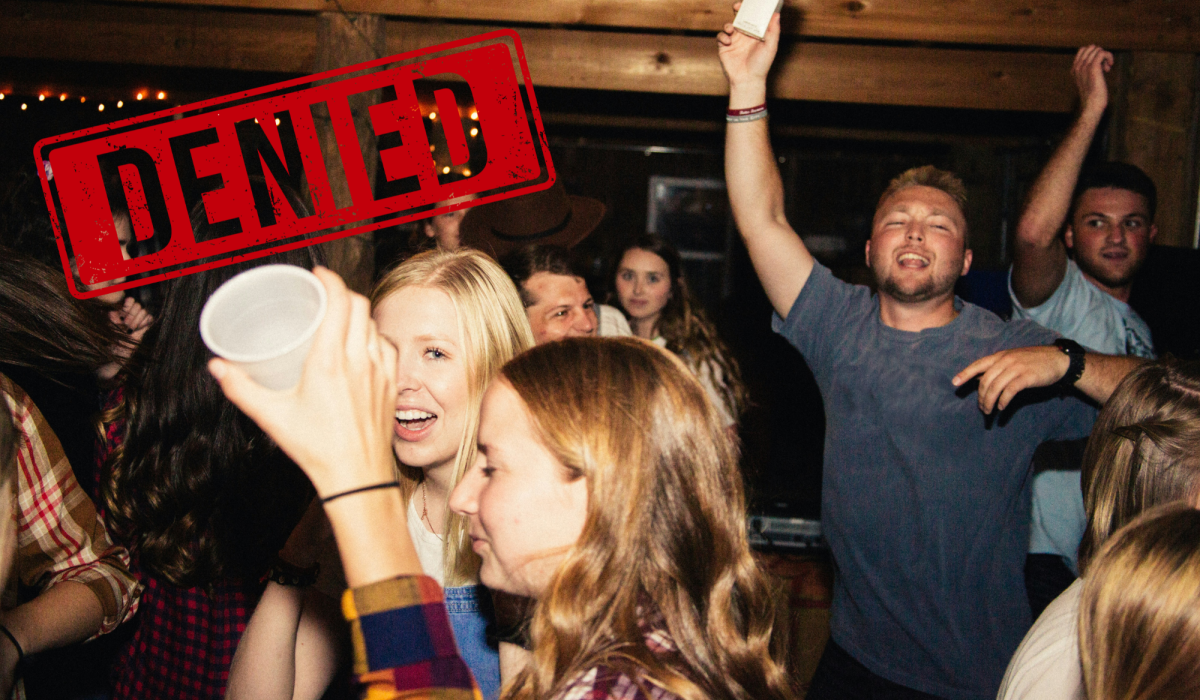Topic: The Walt Disney Animation Studios recently announced an upcoming 2016 project, Moana, featuring a new young princess of Pacific Islander descent.
“Moana” Will Add More Diversity to Disney’s List of Animated Characters
Disney princesses are one of the main reasons why the doll-making industry still flourishes and why little girls want to grow up to be princesses. With Moana, Disney will introduce its first-ever Polynesian-inspired princess into the pristine category of animated characters. Putting Moana in the same ranks as Snow White, Cinderella, Ariel and Rapunzel is a refreshing new route for the animation studio, showing us that Disney will now have more characters from underrepresented social or ethnic groups.
Having ethnic diversity on screen, especially in animated features, is imperative as the targeted audience, toddlers and impressionable kids, are quick to take these works of pure fiction as something more — an alternate reality. Put in simpler words, the fact that seven out of the 11 current Disney princesses are of predominantly white descent gives ample room for people and kids of all other races to be alienated and overlooked. But Disney has done a wonderful job at trying to remedy that disparity by creating multiple princesses with backstories from minority cultures.
A poll conducted by The Escapist, a popular online forum, shows that ethnically diverse princesses like Jasmine and Mulan are way popular, sweeping 20.7 percent and 40.1 percent of the vote respectively as opposed to classics like Snow White and Cinderella, both of which stand at a mere 0.8 percent each. That said, Disney has shown that they have a commitment to diversity and cultural equality by taking this risk time and time again. In the long run, Disney will be able to continue to tap the potential of this approach, helping to not only boost sales, but also make animated movies that stand out from those of their competitors.
— Kshitiz Verma
Contributing Writer
Impressionable, Young Audiences Need to See Body Diversity in their Heroines
A Huffington Post blogger notes that Princess Anna from Disney’s “Frozen” has eyes larger than her wrist. Disney, however, tries to make up for these bodily discrepancies by creating ethnically and culturally diverse princesses. Its newest creation, Moana, a Pacific Islander, can be added to the ranks of other non-white princesses such as Mulan and Pocahontas. Although these heroines have different skin colors, that color is the only difference among them.
Disney attempts to promote diversity, but they need to go beyond skin color in order to truly create a diverse group of heroines. All of the Disney princesses possess the same physical features: an unnaturally slim waist; slender neck; huge, round eyes; a delicate nose; and an overall “pretty” look. The male characters, however, are all clearly distinguishable from each other, regardless of skin color. When discussing why female characters have similar animations, head “Frozen” animator Lino DiSalvo stated that “animating female characters are [sic] really, really difficult ‘cause … you have to keep them pretty.” But women are more than just “pretty” and Disney should be realistic by better portraying heroines for its young, impressionable audience.
Additionally, audiences will notice that the females who deviate from the normal princess body type are the villains, such as Ursula from “The Little Mermaid,” for example. Disney is not promoting a positive image for women with curvier bodies if they are the villains of each film. Although viewers will be able to identify with and look up to these brave characters, there is still something that is missing from the so-called diversity that Disney is trying to advocate until the company can improve visibility for different bodies.
— Rosina Garcia
Staff Writer
Disney Will Likely Misrepresent Another Culture in Upcoming Project
In the company’s few attempts to create more diverse princesses, Disney has always ended up fudging up history and culturally appropriating the characters; unfortunately, this will likely continue with the introduction of its new character Moana, the Pacific Islander princess.
Disney’s “Pocahontas” portrays the Native American society as very oppressive to the protagonist Pocahontas; the entire society is presented with only one-dimensional cultural lens. Pocahontas’ tribe is shaped by broad, racial stereotypes, only to later suggest that European or American characteristics and moral ideas actually do mirror values of Native American culture. Also plagued with historical inaccuracies, several of the scenes in the movie were completely modified to fit a Disney audience, while Pocahontas’ real age of 10 years old was overlooked so she could romantically interact with John Smith. And this again, was completely historically inaccurate.
Disney even pushed the whitewashing of culture further in “Mulan,” with how they clung onto Chinese symbols, dragons and pandas to represent the culture. Additionally, its idea of racial differences is presented only by the choice in color. Between the good and bad guys, Mulan and her peers are portrayed with a clear, light skin while villains are portrayed with dark, ashy gray complexions.
With Disney’s announcement of the first Pacific Islander princess in the Disney universe, one can only wonder how much whitewashing she will go through. Pacific Islander is a broad term. And with Disney’s track record, Moana will likely end up being just another whitewashed, misrepresentation of culture.
— Marcus Thuillier
Contributing Writer







